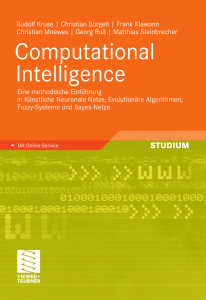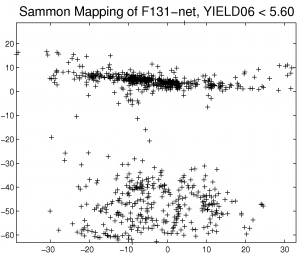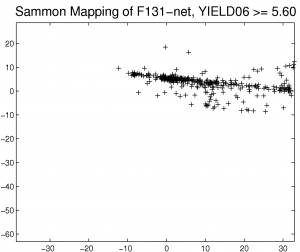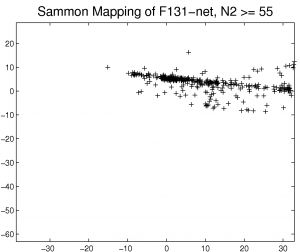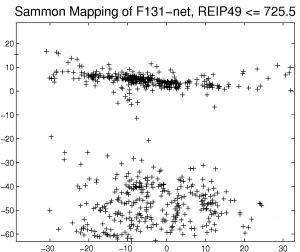I’ve just finished writing a paper which deals with the data sets I have for agricultural yield prediction. This will be handed in at the ICDM 2009 in Leipzig.
The abstract of the paper:
Nowadays, precision agriculture refers to the application of state-of-the-art GPS technology in connection with small-scale, sensor-based treatment of the crop. This introduces large amounts of data which are collected and stored for later usage. Making appropriate use of these data often leads to considerable gains in efficiency and therefore economic advantages. However, the amount of data poses a data mining problem — which should be solved using data mining techniques. One of the tasks that remains to be solved is yield prediction based on available data. From a data mining perspective, this can be formulated and treated as a multi-dimensional regression task. This paper deals with appropriate regression techniques and evaluates four different techniques on selected agriculture data. A recommendation for a certain technique is provided.
